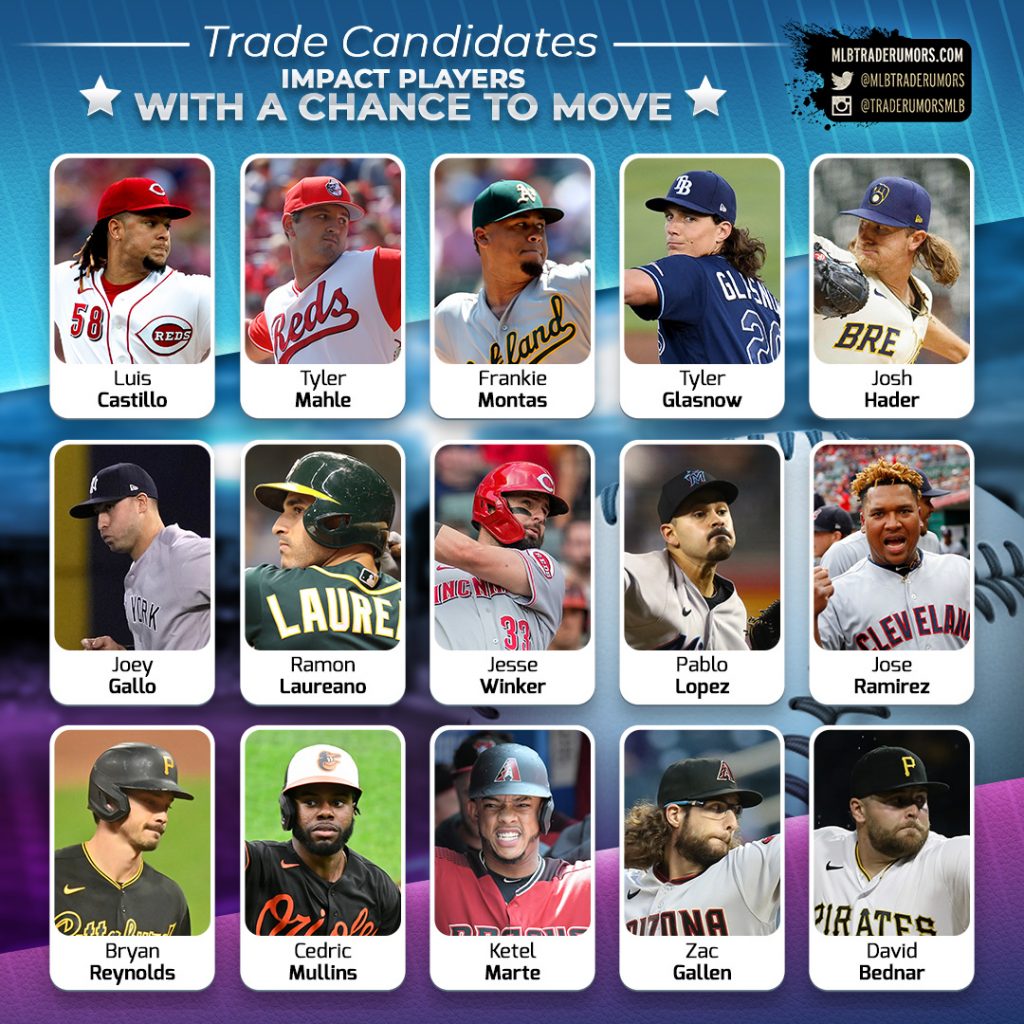The free agent starting pitching market moved very quickly in the early stages of the offseason. A few prominent starters remained unsigned heading into the lockout, though. Among them — Zack Greinke, whose market remains largely undefined.
Greinke is no longer the ace he was at his peak. The six-time All-Star is coming off a 4.16 ERA over 171 innings, his second straight season with an ERA a touch over 4.00. That’s still capable run prevention, but Greinke’s days of posting sub-3.00 marks are probably behind him. His swing-and-miss and strikeout rates regressed last year, and he dealt with some neck soreness down the stretch. Between his age and those trends, teams can’t reasonably expect Grienke to assume the role of Game 1 or Game 2 playoff starter next season.
That said, there aren’t many rotations he wouldn’t still upgrade. He’s still one of the game’s best command artists. Greinke has shown a knack for remaining successful even as his raw stuff has ticked down with age. Even if his production might now be closer to average on a rate basis, the former Cy Young Award winner has continued to soak up innings. He exceeded 200 frames each season from 2017-19, and he’s surpassed 150 innings every year since 2007 (excluding the shortened 2020 schedule).
Immediate contenders could certainly stand to plug Greinke into the middle or back of their starting staff. Rebuilding teams might view signing him as an opportunity to bring aboard a famously cerebral hurler with an elite track record as an example for their younger, controllable arms (although it remains to be seen if the 18-year MLB veteran would be open to signing with a team that doesn’t look like a surefire competitor).
To date, however, we’ve heard very little about where Greinke might end up. He’s not expected to re-sign with the Astros, a testament to their enviable collection of in-house rotation depth. Beyond that, there’s not been any substantive indication in which direction he might be leaning. At the start of the offseason, Bob Nightengale of USA Today tweeted that Greinke “(wanted) to continue pitching for an NL team.”
The rationale for that reported desire to return to the Senior Circuit is unclear. If it were about getting another chance to hit regularly — Grienke has won a pair of Silver Slugger Awards in his career — that’ll probably prove moot. Major League Baseball and the MLB Players Association seem to have mutual interest in implementing a universal designated hitter in the next collective bargaining agreement. If that comes into play, then there’ll be no difference in rules between the leagues. If Greinke just prefers certain National League cities or ballparks and is indifferent about an opportunity to hit, then that could give NL suitors an upper hand.
It’s also at least worth contemplating the possibility Greinke moves on from playing entirely. Nightengale’s report suggests he was planning to continue his career as of a few months ago. He’s still an effective pitcher, even if he’s no longer elite. There’s been no indication he’s not planning to play in 2022, so him stepping away seems unlikely. But Greinke turned 38 years old in October, so one seemingly can’t definitively rule out the possibility he retires until he speaks publicly about his future or puts pen to paper on a new contract.
Where does the MLBTR readership think Greinke will be in 2022? Will he continue playing, and if so, where will he sign?
(poll link for app users)

